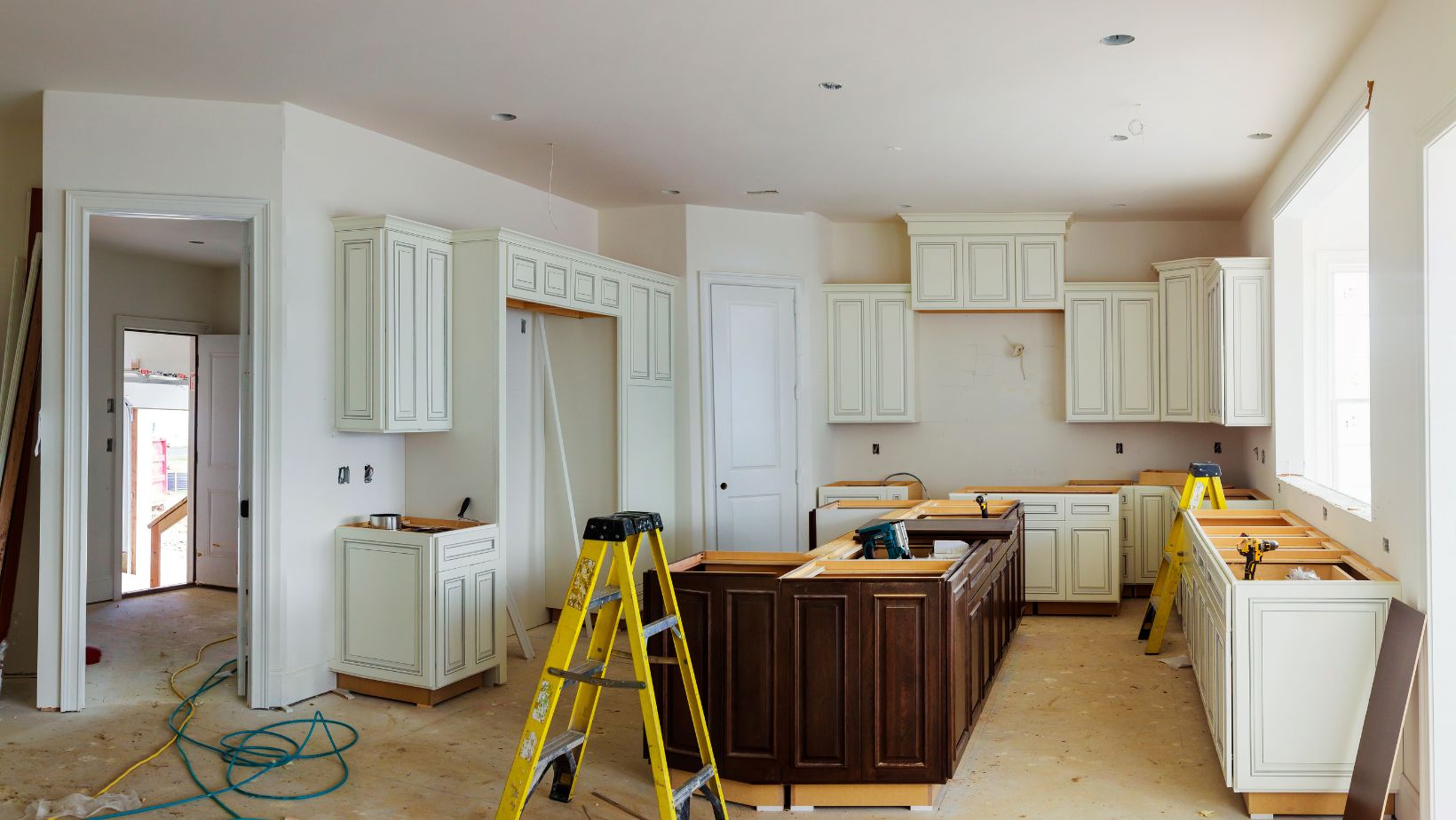When it comes to home insurance, most people think of it as a necessary evil—like paying taxes or pretending to enjoy kale. But what if he told you that finding the right policy could be as satisfying as binge-watching your favorite series? With the right home insurance, you can protect your castle without breaking the bank, and maybe even snag a few perks along the way.
Table of Contents
ToggleUnderstanding Home Insurance Ratings
Home insurance ratings reflect the reliability of insurance providers and their policies. Consumers observe these ratings to make informed decisions about coverage options.
What Are Home Insurance Ratings?
Home insurance ratings provide insights into the performance of insurers. They assess factors such as customer service, claims handling, and financial stability. Rating agencies like A.M. Best and J.D. Power evaluate companies based on these criteria. Consumers find these assessments useful when comparing different policies. A higher rating often indicates a better chance of quality service and timely claims resolution.
Importance of Home Insurance Ratings
Home insurance ratings play a key role in determining policy affordability and coverage quality. Insurers with higher ratings typically offer competitive premiums. A strong rating signals financial strength, which reassures homeowners about the insurer’s ability to pay claims. Ratings also help in understanding customer satisfaction and policyholder experience. Consumers can identify top-rated providers, enhancing their chances of selecting a policy that suits their needs.
Factors Influencing Home Insurance Ratings

Understanding the factors influencing home insurance ratings helps homeowners choose appropriate policies. Various elements contribute to these assessments, including location, home characteristics, and the reputation of insurance companies.
Location and Environment
Geographic area impacts home insurance ratings significantly. Urban locations often face higher premiums due to crime rates and density. Natural disasters influence rates; homes in flood zones or earthquake-prone regions attract higher costs. Additionally, proximity to fire departments and emergency services can lead to discounts. Evaluating local building codes and construction trends also plays a vital role in determining insurance needs. Homeowners should assess their community’s risk factors to understand potential costs better.
Home Characteristics
Home characteristics directly affect insurance ratings. Factors like the age of the property, its structure, and material quality are essential. Newer homes with updated safety features, such as security systems, often benefit from lower rates. Size also matters; larger homes usually incur higher premiums due to increased repair and replacement costs. Moreover, certain features—swimming pools or guest houses—may lead to additional coverage requirements. Each characteristic highlights unique risks that insurers weigh when setting premiums.
Insurance Company Reputation
The reputation of an insurance company influences ratings significantly. Providers with strong customer service records and efficient claims processes typically receive higher ratings. Trustworthy companies demonstrate financial strength and stability, ensuring claims get paid on time. Moreover, consumer feedback and reviews provide insight into the quality of service offered. Researching a company’s standing through independent ratings agencies helps homeowners make informed decisions. A reputable provider promotes confidence and satisfaction in coverage choices.
How to Rate Home Insurance Effectively
Understanding effective home insurance rating involves careful assessment of available options. Consumers can enhance their choices through systematic evaluations.
Comparing Insurance Policies
Comparing different insurance policies requires thorough analysis. Individual features, such as premiums and deductibles, differ significantly among options. Homeowners should focus on policy limits and exclusions to identify suitable coverage. It’s useful to compare customer reviews to gauge satisfaction levels. Each provider’s claim process varies, so assessing efficiency can save headaches later. Seek quotes from multiple insurers to align offerings with budgeting needs. Finally, online tools can facilitate apples-to-apples comparisons, helping clarify which policies deliver value.
Evaluating Coverage Options
Evaluating coverage options involves scrutinizing what each policy offers. Basic liability, dwelling coverage, and personal property protection form the core components of a standard policy. Homeowners must consider additional endorsements for unique situations like home-based businesses or high-value items. Assessing limits on personal liability coverage often reveals significant differences among policies. Customizing coverage according to personal needs enhances protection. Finally, examining deductibles impacts overall affordability, making it essential to balance cost against coverage level.
Tips for Improving Your Home Insurance Rate
Homeowners can take several steps to improve their home insurance rates. Prioritizing specific actions can lead to significant savings.
Increasing Home Security
Enhancing home security plays a critical role in lowering insurance premiums. Installing security systems with alarms, cameras, and motion sensors reduces risks for insurers. Strengthening doors and windows with deadbolts and reinforced glass can also deter break-ins. Many insurance companies offer discounts for homeowners who take security measures. Some provide premium reductions for utilizing smoke detectors and fire alarms. Regularly updating these security features can further improve both safety and insurance rates.
Bundling Insurance Policies
Bundling home insurance with auto or other insurance policies often results in substantial discounts. Many providers incentivize customers to combine policies under one umbrella. Simplifying payments and management leads to added convenience. By reviewing multiple policy options, significant savings can emerge. Negotiating with providers about bundled deals can uncover competitive rates. Taking advantage of these offers generally ensures overall cost reductions while maintaining coverage quality.
Finding the right home insurance policy doesn’t have to feel like a chore. With the right approach homeowners can discover valuable coverage that protects their property and offers peace of mind. Understanding insurance ratings is crucial for making informed choices and can lead to better service and savings.
By evaluating policies based on features and customer feedback homeowners can navigate the market more effectively. Taking proactive steps like improving home security and bundling policies can further enhance affordability. Ultimately a well-rated home insurance policy not only safeguards a home but also enriches the overall ownership experience.







